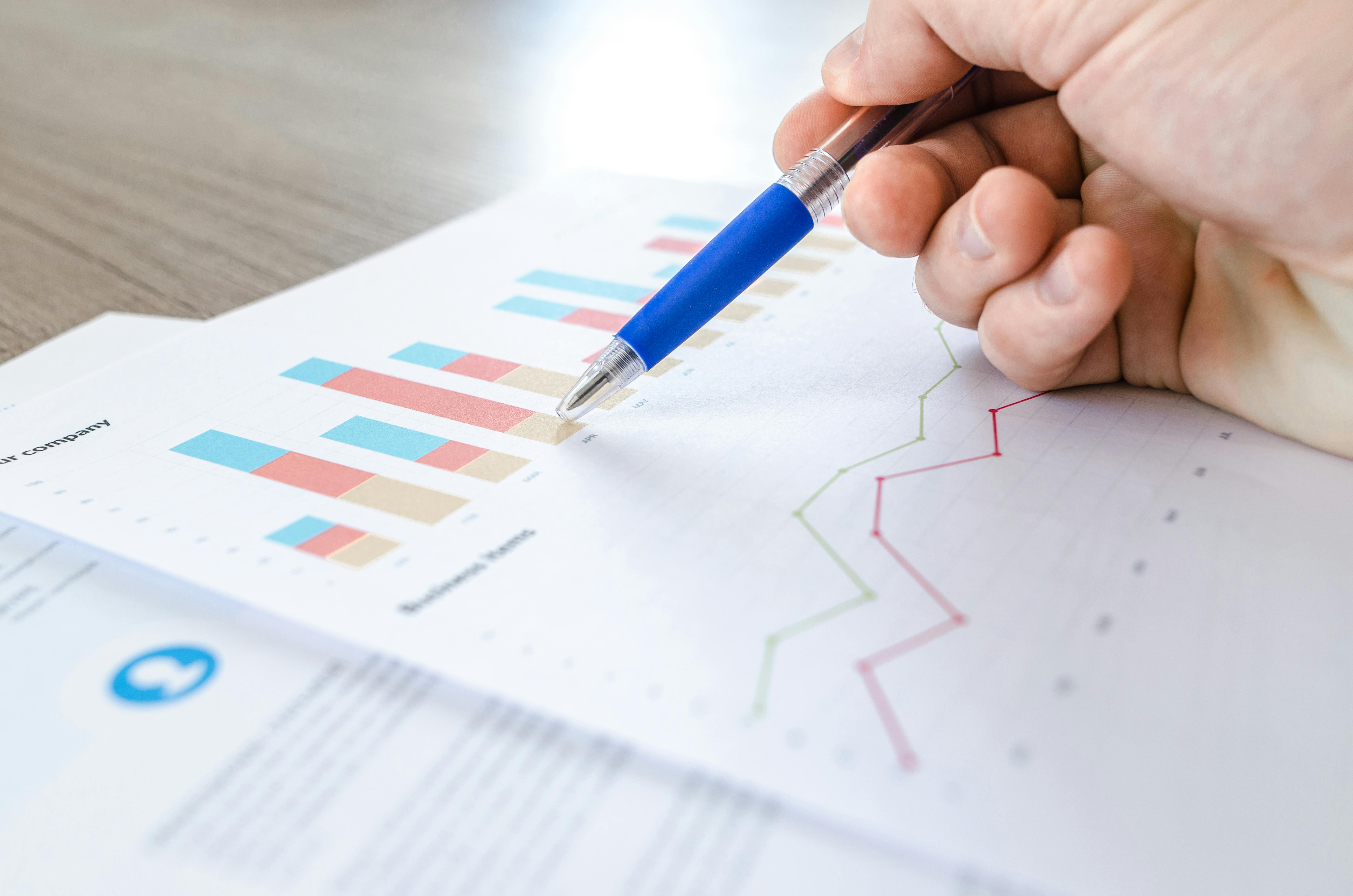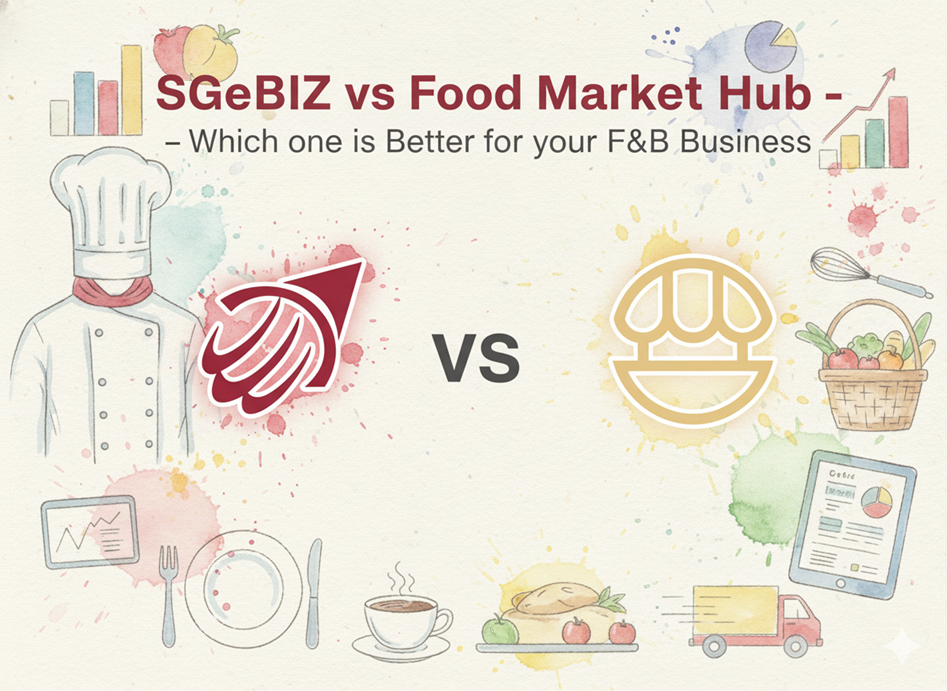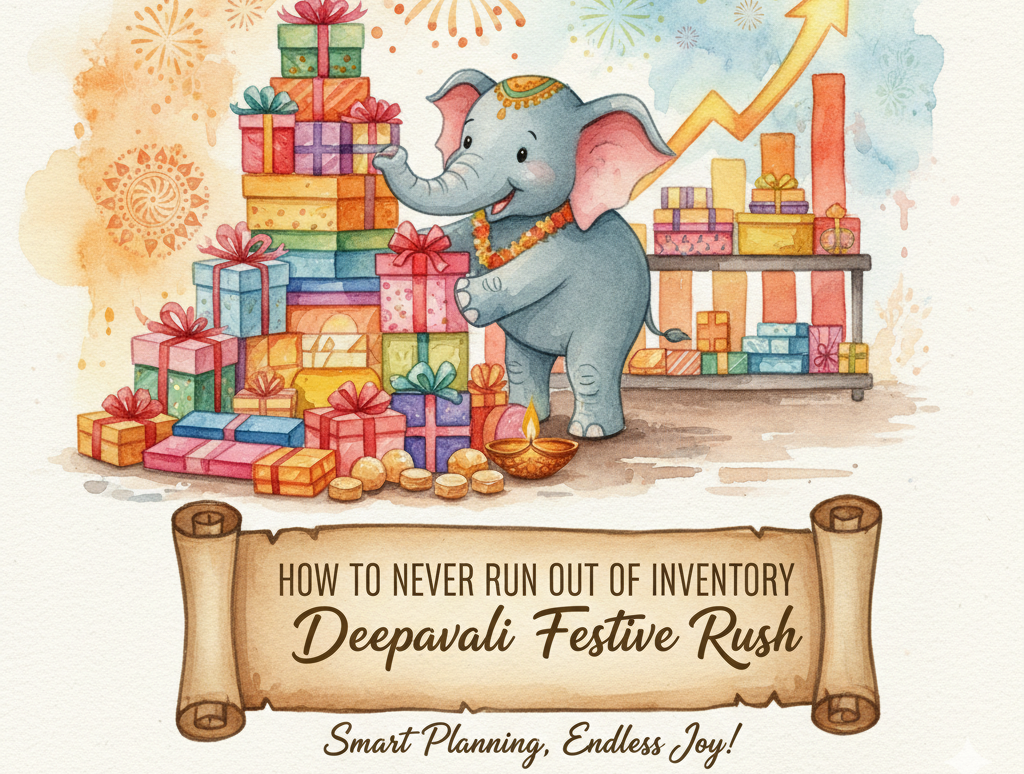Restaurant Procurement Trends 2025

The rate at which the restaurant procurement industry is changing is fast, and so is the way you obtain your ingredients and supplies. In the past, many people would simply call a few suppliers and buy what was available. But now, with the rise of procurement technology and better systems, you have a chance to save money, reduce waste, and improve your kitchen operations. In 2025, the procurement industry trends are focused on efficiency, smart systems, and better supplier relationships. If you understand and use these trends well, you can make smarter choices every day.
Let’s explore what’s changing in the procurement world and how it matters to you in Malaysia.
Smart Procurement Systems Are Becoming Common
More food businesses in Malaysia are now using procurement technology. This includes tools that help you track what you’re buying, how much you’re spending, and where your ingredients are coming from. With rising ingredient costs, you can’t afford to buy blindly. According to a 2024 report by Statista, food prices in Malaysia increased by 3.9% compared to the previous year. So, using procurement systems is no longer optional – it’s necessary.
These systems let you compare prices from multiple suppliers, see your order history, and get alerts if prices change. That means you’ll never overpay or forget to order a key item again.
Local Sourcing Is on the Rise
One of the key procurement trends in 2025 is the shift toward local sourcing. More food businesses are working with farmers and suppliers from within Malaysia. Why? Because it’s faster, cheaper, and often fresher. With fuel prices going up, delivery costs from other countries are increasing too. According to Malaysia’s Department of Statistics, transport costs rose by 6.7% in 2024.
By buying locally, you cut down your transport costs and avoid delays. Local products also tend to have fewer quality issues, which means you’ll deal with fewer complaints and less food waste.

Data-Driven Decisions Are Helping Save Costs
If you’ve ever over-ordered chicken or run out of cooking oil in the middle of dinner service, you know the pain of bad procurement planning. But now, with better data tools, you can avoid these mistakes. Many procurement systems now come with dashboards that give you insights like:
Which ingredients do you order the most? Which supplier gives you the best prices when your stock usually runs low?
By looking at these numbers, you can plan smarter. You can also cut down on wastage. According to the Solid Waste Management and Public Cleansing Corporation (SWCorp), Malaysians throw away over 4,000 tonnes of food daily, much of it from food businesses. Smarter procurement helps you avoid being part of that number.
Automation Is Taking Over Manual Tasks
In many kitchens, someone still sits down with a pen and paper or WhatsApp messages to place supply orders. This method can lead to missed items, wrong deliveries, and high costs. One of the biggest procurement industry trends now is automation.
Automated procurement tools can do things like:
Place repeat orders at the right time, Set reorder levels for your ingredients, sync with your POS system so you know what’s selling fast
This saves time and prevents errors. It also gives you more control over your stock and cash flow. You don’t want to tie up RM5,000 in ingredients that won’t be used this week, right?
Supplier Transparency and Relationships Are More Important Than Ever
In 2025, the supply chain is no longer just about buying and selling. It’s about partnerships. You now need to know more about your suppliers – where they get their goods from, how they manage quality, and how fast they can deliver.
Many food businesses in Malaysia are now asking their suppliers to provide clear information about delivery schedules, product origins, and pricing terms. With frequent supply chain disruptions due to global events, floods, or road closures, this kind of transparency helps you plan better.
Also, by building strong supplier relationships, you may get priority deliveries, early access to limited stock, or even special discounts. The procurement industry is moving away from “just-in-time” buying to more strategic, planned procurement models.
Sustainability Is Becoming Part of Procurement
Malaysian consumers are now more aware of food waste and sustainability. According to a study by NielsenIQ in 2024, 68% of Malaysians said they would prefer to buy from food places that support sustainability.
This change in customer mindset is also shaping procurement trends. Many food businesses are now choosing to buy from suppliers who use eco-friendly packaging, reduce transport emissions, or use organic farming methods.
Using sustainable procurement practices not only improves your image but also helps you stay ahead in case any future regulations make it necessary.

Tech Integration with POS Systems
One smart move you can make in 2025 is to connect your procurement system with your POS system. When these two tools talk to each other, your buying process becomes smarter. For example, if your POS shows that you’re selling more nasi lemak on Fridays, your procurement tool can remind you to order more sambal and rice on Thursday.
This connection gives you real-time updates, better forecasting, and smoother supply chain operations. And it also reduces manual errors and saves time.
Price Tracking and Budget Planning
With ingredient prices going up every year, keeping track of what you’re spending is essential. Procurement technology now lets you monitor price trends for each item you buy. If the price of beef goes up by 20 sen per kg next month, you’ll know it early and can adjust your menu or portion sizes.
By tracking these trends, you avoid price shocks and can also plan your budget better. Many systems even offer monthly or weekly spending reports to help you see where your money is going.
Why Making the Best Use of These Trends Matters
You might think these trends are only for big businesses. But the truth is, even a small café or hawker stall can benefit from better procurement. If you’re using outdated methods, you risk wasting money, running out of ingredients, or disappointing your customers.
Making the best use of procurement trends helps you:
Cut costs without cutting quality, Reduce food waste, Make sure your kitchen is always ready, Build trust with your suppliers, Get better insights into your operations
When you make small improvements in your procurement process, the results add up fast. Even saving RM50 a day on smarter buying adds up to RM18,250 a year.
How Food Market Hub Can Help
If you're looking for a simple way to get started with smarter procurement in Malaysia, Food Market Hub can help. It gives you accurate reports about your orders and stock, so you know what to buy, when to buy, and from whom. You can track all of your previous orders from one place, and if you have been ordering ingredients from your WhatsApp, then it is time that you switch to a much simpler and data-driven software. The problem with WhatsApp ordering is that you will face issues in the future if you want to track your previous orders and find discrepancies.
Food Market Hub helps you take firm decisions that are backed by data, so you don’t have to shoot a shot in the dark. You don’t need to spend thousands on fancy systems. With the right tools and a little planning, you can manage your restaurant supply chain better and grow your food business with confidence.











